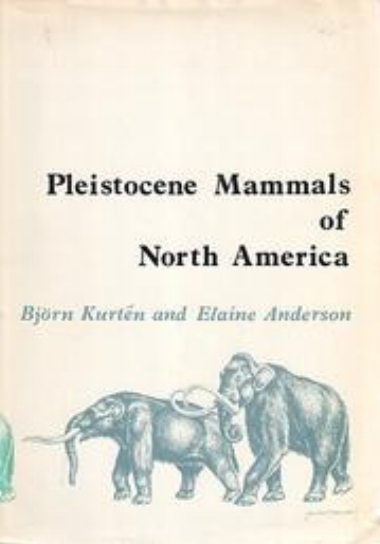Student Picks: Cusk and Gyasi
Ashley Bales-- I started Outline, by Rachel Cusk while on a plane headed towards spring break destinations, which is appropriate given Cusk’s book opens with her headed to the airport. On her flight to Athens where she’s teaching at a writing workshop, Cusk’s narrator hears her neighbor’s life story. I too, I suppose, hear that story on my flight. Our respective flights land, we both head into unfamiliar apartments. She proceeds to collect stories from her fellow instructors, friends, writers, we hear from each of her students. These stories are told for the length of a conversation and then abandoned. As a reader, I learn more about these acquaintances than the narrator, or at least any details of her life. You get to know her through her questions and her empathy, but most importantly through her criticisms. The care given to each new character in Outline makes it a case study in the diversity of experience, in perception and characterization. There is a delicacy to the prose that makes the narrator’s sharp criticism’s feel personal. They sting a bit more than expected, breaking expectations and challenging the reader to assess their assumptions. Outline is cultural critique with a thesis centered on the power of storytelling and assembled with a craftsmanship that shows you the stitching without revealing how it was made. When I got back to the states, I bought the sequel, Transit.
Margaret McNellis-- Homegoing by Yaa Gyasi is a rare and beautiful novel. Not only does Gyasi work magic with the task of telling a cohesive story over the course of nine generations in just 300 pages, but she works magic with her language and application of themes. There were moments—throughout the book—when I was physically choked up for the suffering endured by the various characters. This brings up yet another success of Gyasi’s—her masterful creation of more than a dozen point-of-view characters without creating confusion for the reader.
How does she do this? Without spoiling any surprises, Gyasi writes a story from the point of view of each of these dynamic characters in moments of great personal change. She connects these experiences to those of each character’s ancestors in a way that reminds every reader of what it really means to have the events of history touch one’s life, sometimes in unforeseeable ways.





